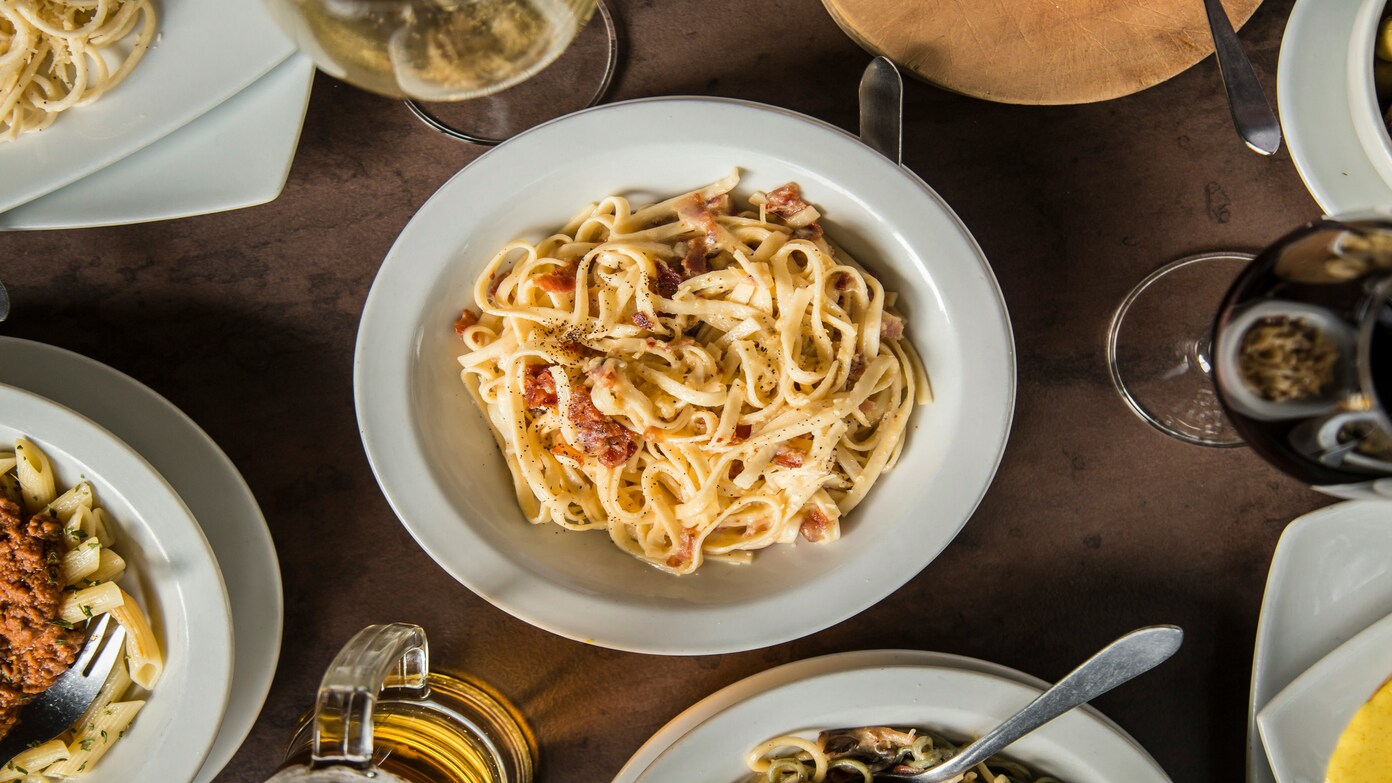Another Italian restaurant chain is in serious financial distress. Bravo Brio Restaurants, parent of Bravo! Italian Kitchen and Brio Italian Grille, sought Chapter 11 protection this week. The chain said it will close underperforming locations as it restructures its business.
Bravo Brio blamed falling customer demand and rising costs, calling them “insurmountable” pressures for the casual dining industry. The move makes Bravo Brio the fourth Italian dining chain to declare bankruptcy in 2025, following People First Pizza in March, Bertucci’s in April, and Red Door Pizza in July.
Why this matters
This spate of bankruptcies is showing how dire things have gotten for American restaurants. The struggle is not one firm’s problem in isolation — it is industrywide, from upscale chains to fast-casual and fast-food chains.
Shaken consumer confidence, higher food and labour costs, and severe competition are tightening profit margins. Consumers are cutting back on discretionary spending, which disproportionately impacts restaurants.
What did the company say?
Bravo Brio, in its filing, asserted that macroeconomic influences beyond its control are dragging down the casual dining industry. “Over the last few years, the casual dining restaurant segment has been facing diminishing consumer demand and increased competition, most notably in the form of fast-casual restaurant alternatives,” the company said in a filing.
The owner of the restaurant chain also attributed higher operational costs to inflation, rising food ingredient prices, and labour shortages. Fewer customers and empty shopfronts at malls also hurt business at most of the locations.
This is not the first time around the bankruptcy block for Bravo Brio. It was earlier filed in 2020 and was later acquired by Earl Enterprises. In its filing this week, Bravo Brio reported between 200 and 999 creditors and between $50 million and $100 million in assets and liabilities.
A broader industry trend
Bravo Brio is not unique in this instance. Several other Italian restaurant chains have already followed suit this year.
People First Pizza filed for bankruptcy in March.
Bertucci’s filed in April and has already closed some of its restaurants.
Red Door Pizza filed in July.
These filings reflect an industry-wide problem. Bertucci’s bankruptcy court documents pointed to “inflationary pressures, high food costs, and slowing consumer spending” as reasons for its losses.
What’s next for Bravo Brio
Bravo Brio says the Chapter 11 filing will help it restructure quickly as it seeks new investors. The company plans to shut underperforming restaurants, reduce debt, and streamline its operations to create a “sustainable and successful future”.
In spite of the filing, Bravo Brio is reassuring customers, employees, and vendors not to expect major disruptions shortly. “The bankruptcy process will be transparent for Bravo! and Brio’s guests, employees, and vendors, and it will minimise disruption to operations,” the company stated.
A bumpy road ahead
Although Bravo Brio anticipates emerging from bankruptcy in stronger shape, the road to recovery won’t be easy. Several restaurant chains are struggling for survival as Americans eat out less frequently and instead turn to cheaper, quick-casual fare.
With inflation still high and competition stiff, analysts foresee more restaurant bankruptcies and closings later this year. For Italian food lovers, it might mean fewer options where they can enjoy their favourite pasta and pizza at traditional chain restaurants.
Read this later:
- What is the difference between total and partial student loan forgiveness?
- What are the eligibility criteria for Public Service Loan Forgiveness (PSLF)?
- Good news for thousands of students – If you live in Connecticut, you may be eligible for a refund of up to $20,000 with…
- What is the monthly payment on a $140,000 Student Loan?
- Americans who have until September 15 to receive $5,000 in debt relief – Nearly all applicants may qualify
- Who do you contact if you’ve already accepted more loan money than you need?

